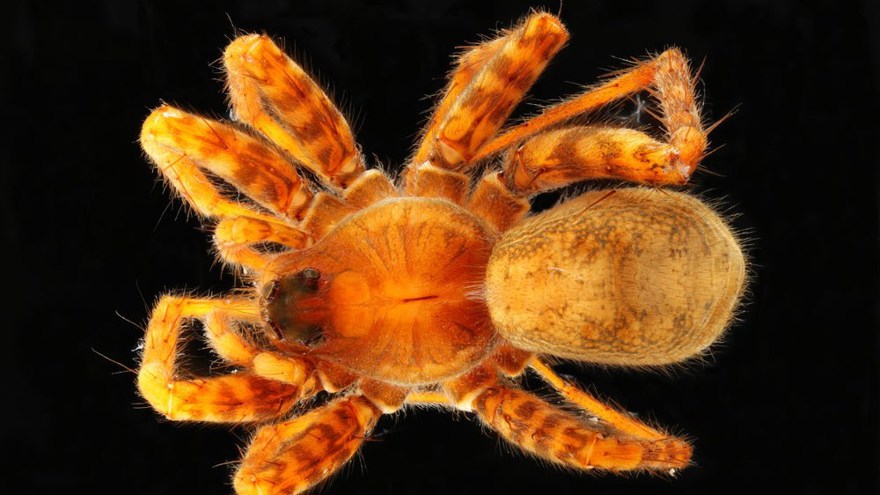The type collection

The type collection at Gothenburg Museum of Natural History is truly unique. A type is reference material used in scientific research around the world. There are around 2,000 types in the museum’s collections.
Different types
All known animal species have a scientific name. To know which species the name belongs to, a system of type specimens has been established. When researchers describe a new species, they must select a specimen as a type for the species. The permanent scientific name is linked to this specimen, referred to as a holotype, which acts as a reference specimen for the name and the species in question. Several specimens are often used to describe new species.
The other specimens that describe variations within the species are called paratypes. If the description has been made without a designated holotype, all the specimens included in the description are called syntypes.
Scientific references
Types are reference material for scientific research and are placed in the collections of natural history museums. The Gothenburg Natural History Museum, in common with all other natural history museums in the world, has a responsibility to preserve and care for its type material for future generations of researchers.
2000 types in the collections
The Museum’s type collection has about 2,000 types from different animal groups. Large groups of type material consist of worms and arthropods such as myriapods, insects and spiders, but also include some vertebrates. In this collection of vertebrates, reptiles are the largest group with approximately 180 specimens, followed by fish with around 70 and amphibians with 50 type specimens.
International outreach
The type material constitutes an international reference platform and is valuable for the museum, since it implies that researchers contact or visit the museum for their work every year, the museum is internationally recognized and used, as well as being referred to in publications and international scientific journals.
Searchable material
About 800 specimens of the museum’s type specimens are currently digitized and searchable in the museum's database. The digitizing process is ongoing and additions are made continuously.
CONTACTS FOR THE TYPE COLLECTION
Charlotte Jonsson, invertebrates
Phone: +46 (0)10-441 42 58
E-mail: charlotte.g.jonsson@vgregion.se
Magnus Gelang, vertebrates
Phone: +46 (0)10-441 42 43 Mobile: +46 (0)76 141 85 71
E-mail: magnus.gelang@vgregion.se






